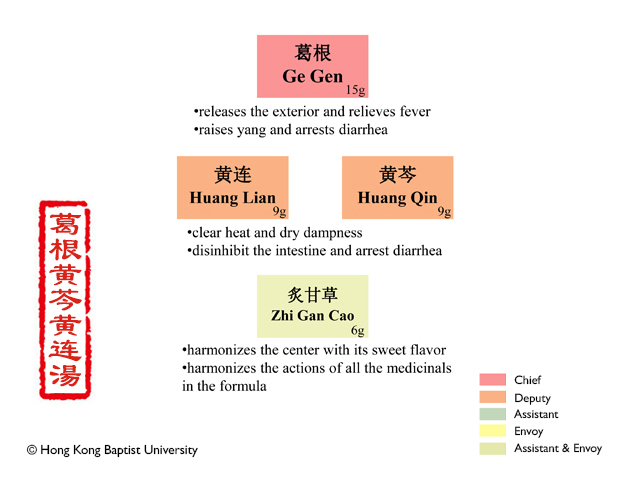Chinese Goldthread Rhizome
Coptidis Rhizoma
Functions:Clears heat, dries dampness, drains fire, resolves toxin. Damp-heat distention and fullness, vomiting and acid regurgitation, diarrhea, jaundice, dizziness with high fever, excess of heart fire, insomnia due to vexation, haematemesis and epistaxis due to blood heat, red eye, toothache, diabetes, abscess, sore and boil swelling, externally used to eczema, ear pus.
